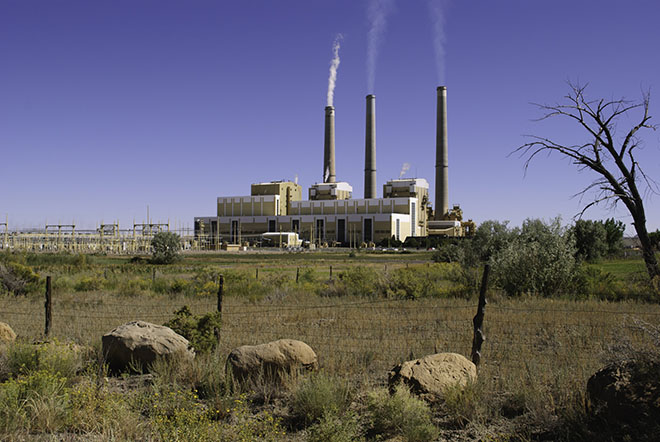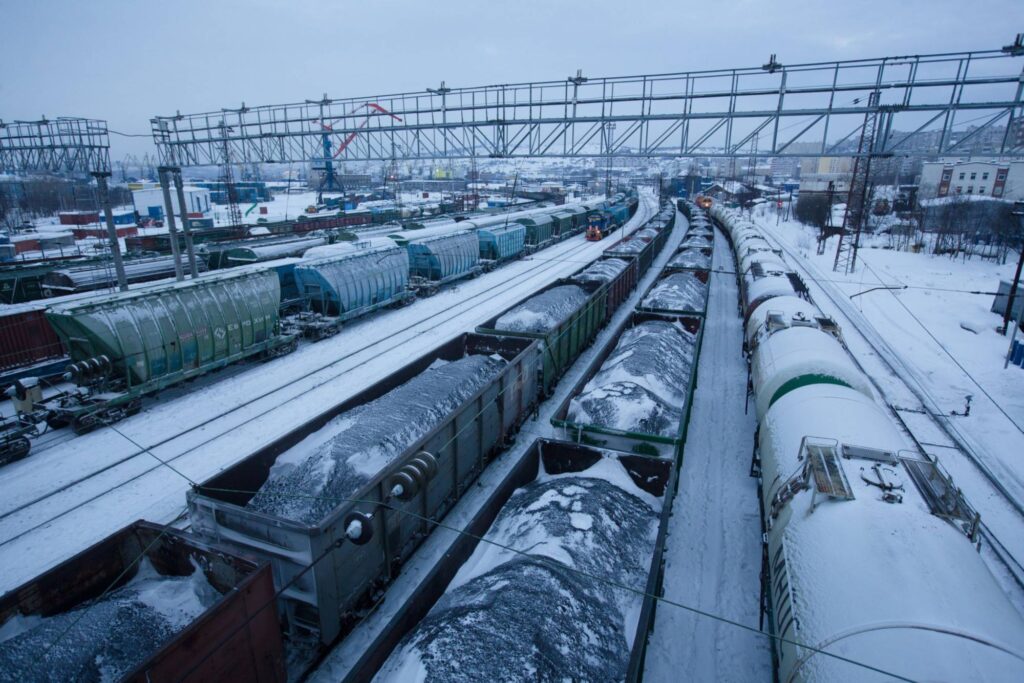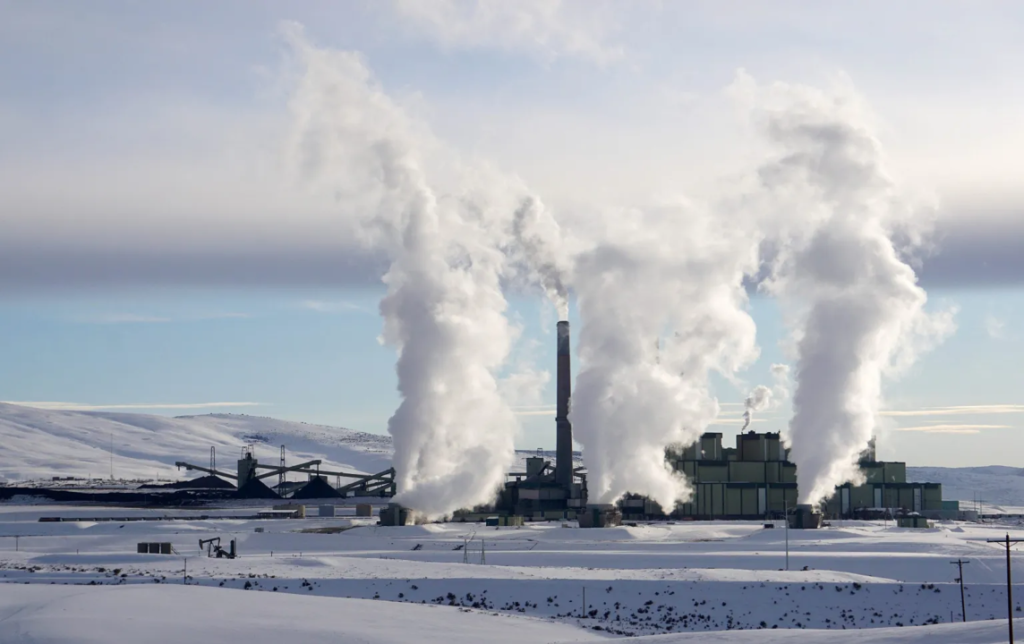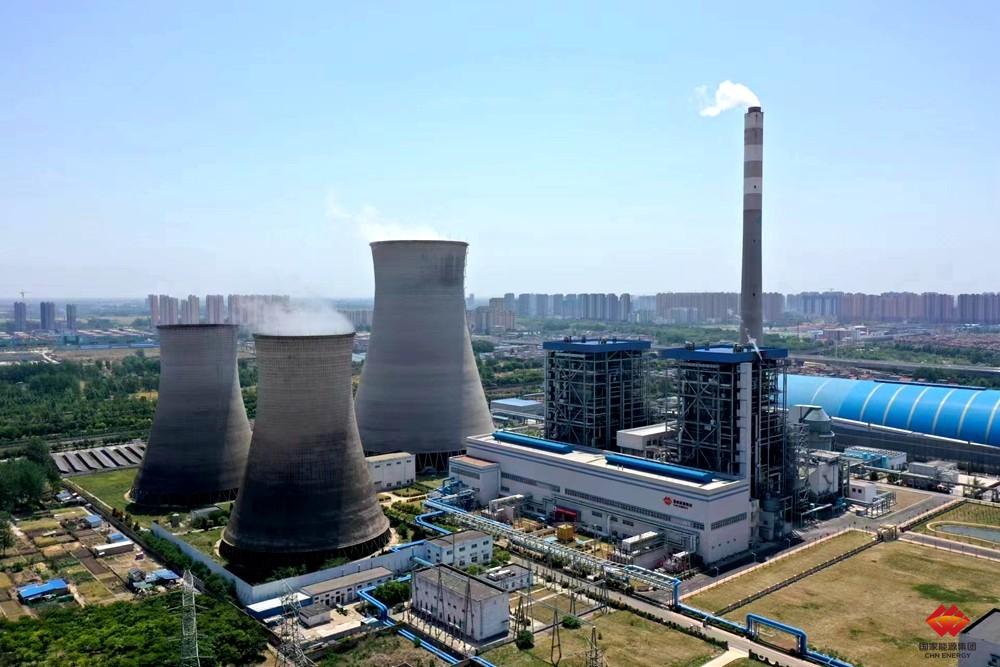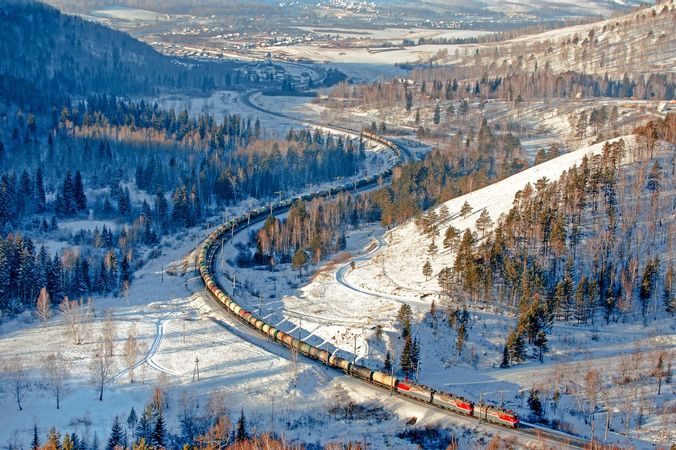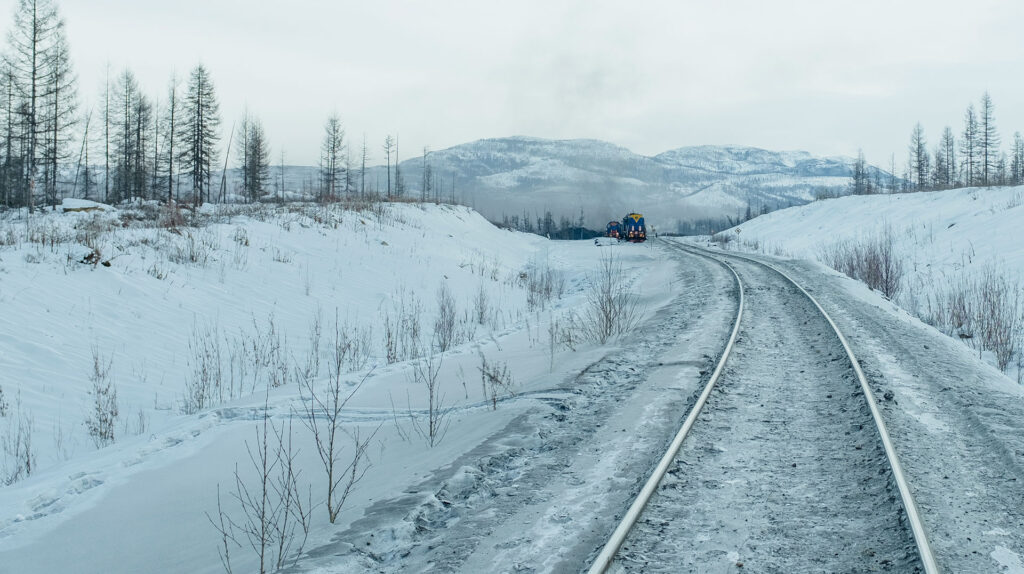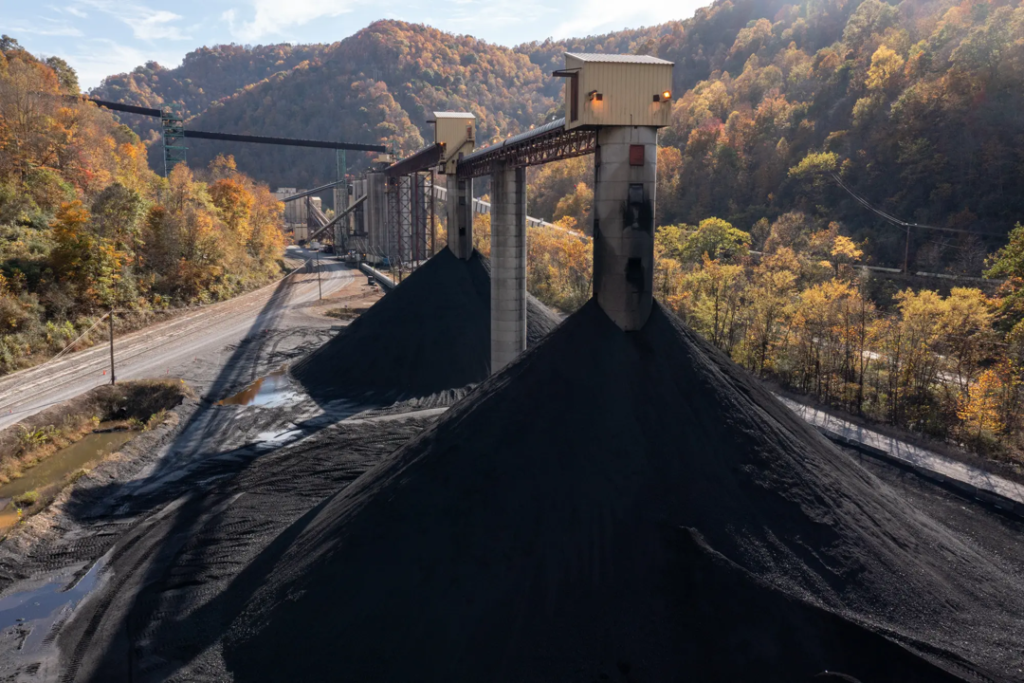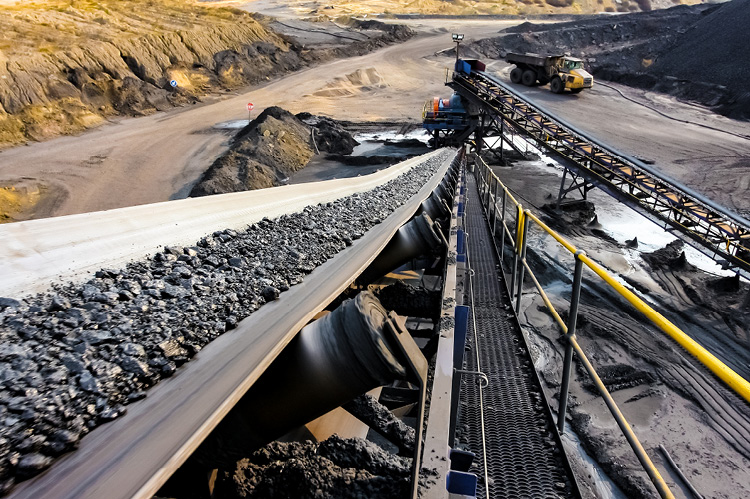Coal production from Utah and Colorado’s Uinta Basin is shrinking fast due to a waning domestic customer base and limited export opportunities.
The heat content of the Uinta Basin’s coal falls short of Appalachian mines, and the area never achieved the staggering and efficient production volumes of Powder River Basin mines just to the north. However, the coal mining region is one of five major US coal producing regions and has historically been a substantial player in US coal markets.
The Uinta Basin has already seen a substantial contraction in output, and the late-2023 closure of American Consolidated Natural Resources Inc.’s Lila Canyon mine could contribute to another considerable drop in volumes for the region in 2024 as further coal power plant closures loom.

The region’s bituminous, low-sulfur coal was in high demand when the country’s 1990 Clean Air Act zeroed in on sulfur emissions at coal-fired power plants, said Steve Piper, director of energy research for S&P Global Commodity Insights. Since then, however, coal plants have been outfitted with scrubbers to remove sulfur dioxide emissions or shut down for various reasons, and premiums for low-sulfur coal have weakened, Piper said.
“Their market has become more and more niche,” Piper said. “The coal has some value, but it’s actually not competitive against [the Powder River Basin].”
Uinta Basin coal mines produced 13.6 million short tons of coal in the first three quarters of 2023, down 24.1% year over year from 17.9 MMst, according to an S&P Global Commodity Insights analysis. In the first three quarters of 2013, Uinta Basin coal producers mined 29.9 MMst of coal, representing a drop in production of 54.6% in just ten years.
The figures are likely to look even more grim in 2024. The Salt Lake Tribune reported in late 2023 that Lila Canyon, struggling with a fire limiting production, planned to lay off 150 workers in January and idle indefinitely. The mine’s output had already been waning, though Lila Canyon produced 680,762 short tons of coal as recently as the third quarter of 2022, representing 10.9% of the region’s coal output at the time. American Consolidated Natural Resources did not respond to a request for comment.
Uinta’s customer base is also likely to get even smaller.
Intermountain Power Agency bought about 2.7 MMst of coal in 2022 from the Uinta Basin for its Intermountain power plant, according to S&P Global Market Intelligence data. However, the plant is scheduled to retire in July 2025 when its power purchase agreements with California and Utah municipalities expire.
Xcel Energy has been another important customer for Uinta Basin coal. For example, fuel contract data from Market Intelligence shows that Xcel’s 52.9%-owned Hayden plant purchased about 1.0 MMst from Peabody Energy Corp.’s Foidel Creek mine, also known as Twentymile, in 2022.
The Craig (Yampa) plant partially owned by Xcel bought 2.6 MMst of coal from the Trapper and Colowyo mines in 2022. Both Uinta Basin coal operations have owners in the power generating business, including Tri-State Generation and Transmission Association Inc. owning stakes in both. However, Xcel is accelerating plant retirements to meet its goal of exiting coal generation by 2030, with plans to shut down the remaining units of both plants by 2028.
Annual production from the Uinta Basin is expected to drop by about 21.7% from 23 MMst in 2022 to 18 MMst in 2023, according to S&P Global Market Intelligence’s coal supply forecast. By 2030, the forecast projects Uinta Basin coal to drop 60.9% from 2023 levels to 9.0 MMst.

Federal and state regulatory policies, particularly those in Colorado, are driving the drop in demand for Uinta Basin coal, said Adam Eckman, president and CEO of the Colorado Mining Association.
Colorado’s Greenhouse Gas Pollution Reduction Roadmap calls for reducing statewide greenhouse gas emissions by 26% by 2025, by 50% by 2030, and by 90% by 2050, compared to 2005 levels. Burning coal generates a high level of greenhouse gas emissions and capturing them has proven costly, leading most utilities to turn to other sources of power generation when trying to meet greenhouse gas targets.
“Although these factors are reversible in the long term, given Colorado’s abundant coal reserves and the continued viability of coal as an electric generation source in the absence of significant market manipulation, reversing the decline caused by these public policies will be challenging,” Eckman said in an email to Commodity Insights. “However, decisions to prematurely retire many of Colorado’s coal-fired power plants cannot be reversed.”
The rise of utility-scale solar power in Utah, Nevada and California already put a lot of pressure on coal starting around 2015 or so, Michael Vanden Berg said in an interview. Vanden Berg is the energy and minerals program manager and senior geologist with the Utah Geological Survey.
Coal-fired power plants that used to run steadily as baseload plants were seeing demand drop sharply during the day, when solar plants were putting “super cheap” electricity onto the grid, Vanden Berg said. Low-cost renewables, in addition to regulations, also present a major obstacle to building any new coal plants. The levelized cost of energy for a new stand-alone solar resource, including tax credits, is about $23.22/MWh in 2022 dollars, compared to $89.33/MWh for an ultra-supercritical coal plant, according to an April 2023 report from the US Energy Information Administration. In addition, solar and wind resources do not have to pay ongoing fuel costs once built.
At this point, even when demand does send prices upward, Uinta Basin miners have few options to respond due to a dwindling labor pool as former coal miners have moved on to other industries, Vanden Berg added.
“In 2023, we’ve had to import more coal than Utah’s ever imported because the Utah mines have not been able to meet the demand for coal-fired power plants in Utah,” Vanden Berg said. “I don’t see 2024 being much better than 2023.”

